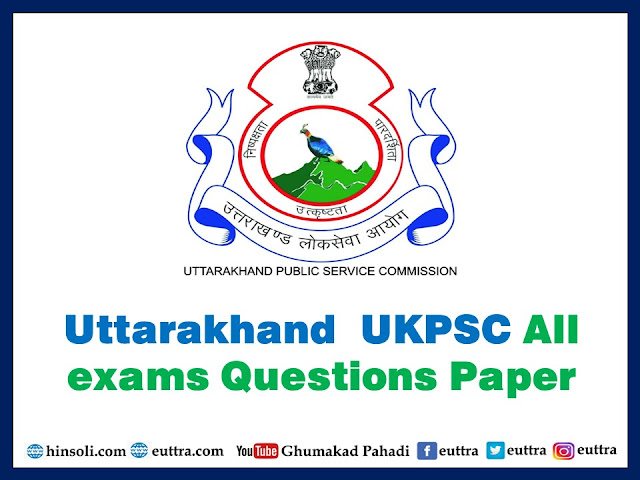Satellite Navigation Services
Satellites for navigation services to meet the emerging demands of the Civil Aviation requirements and to meet the user requirements of the positioning, navigation and timing based on the independent satellite navigation system.
Navigation with Indian Constellation (NavIC)
To meet the positioning, navigation and timing requirements of the nation, ISRO has established a regional navigation satellite system called Navigation with Indian Constellation (NavIC). NavIC was erstwhile known as Indian Regional Navigation Satellite System (IRNSS).
NavIC is designed with a constellation of 7 satellites and a network of ground stations operating 24 x 7. Three satellites of the constellation are placed in geostationary orbit, at 32.5°E, 83°E and 129.5°E respectively, and four satellites are placed in inclined geosynchronous orbit with equatorial crossing of 55°E and 111.75°E respectively, with inclination of 29° (two satellites in each plane). The ground network consists of control centre, precise timing facility, range and integrity monitoring stations, two-way ranging stations, etc.
NavIC offers two services: Standard Position Service (SPS) for civilian users and Restricted Service (RS) for strategic users. These two services are provided in both L5 (1176.45 MHz) and S band (2498.028 MHz). NavIC coverage area includes India and a region up to 1500 km beyond Indian boundary. NavIC signals are designed to provide user position accuracy better than 20m (2) and timing accuracy better than 50ns (2).NavIC SPS signals are interoperable with the other global navigation satellite system (GNSS) signals namely GPS, Glonass, Galileo and BeiDou
A new civilian signal is being introduced in L1 band(1575.42 MHz).NavIC L1 signal is also interoperable with the other GNSS signals. All forthcoming (2023 onwards) NavIC satellites will broadcast SPS signals in L1, L5 and S bands.
Few applications:
- Transportation (terrestrial, aerial and marine)
- Location based services
- Personal mobility
- Resource monitoring
- Surveying and geodesy
- Scientific research
- Time dissemination and synchronisation
- Safety-of-life alert dissemination
National and international industry standards:
- Positioning service receiver data interface: ISO 19116:2016
- Receiver interface: NMEA 0183, v4.10 onwards
- Navigation data logging: RINEX v3.03 onwards
- Vehicle location tracking: IS 16833:2018 amendment-2
- Agricultural drones: IS 17799:2022
- Differential GNSS:
- RTCM 10403.3 Amendment 1 (L5)
- RTCM 10408.3 Amendment 3 (S)
- Telecom: 3GPP TS 36.171 Rel. 16 for Assisted NavIC support in LTE
- Maritime : IEC 61108-6
- International Maritime Organisation (IMO) has recognized NavIC as a component of worldwide radio navigation system (WWRNS) for maritime applications
Signal-in-space interface control document (SIS ICD):
NavIC signal-in-space interface control document provides essential information on the NavIC SPS signal-in-space to facilitate the use of NavIC SPS signals in PNT applications
L5 & S SIS ICD V1.1 - August 2017 ![]() PDF - 2.0 MB
PDF - 2.0 MB
NavIC_SPS_ICD_L1_V1.0 - August 2023 ![]() PDF - 3.5 MB
PDF - 3.5 MB
NeQuick-N Input Files ZIP - 200 KB
Week number rollover event:
NavIC system time start epoch is 00:00 UT on Sunday August 22nd 1999 (midnight between August 21st and 22nd). The first week number rollover event occurred on April 06 2019. The system time is currently in the second epoch.
NavIC System Week Number (WN) First Rollover Event
Performance report:
NavIC SPS signal-in-space performance is continuously monitored by a few calibrated receivers maintained by ISRO. The performance reports are published every quarter as a reference for the receiver developers.
- Q1-2021
 PDF - 3.69 MB
PDF - 3.69 MB - Q2-2021
 PDF - 3.5 MB
PDF - 3.5 MB - Q3-2021
 PDF - 3.7 MB
PDF - 3.7 MB - Q4-2021
 PDF - 3.7 MB
PDF - 3.7 MB - Q1-2020
 PDF -3.6 MB
PDF -3.6 MB - Q2-2020
 PDF - 3.8 MB
PDF - 3.8 MB - Q3-2020
 PDF - 3.7 MB
PDF - 3.7 MB - Q4-2020
 PDF - 3.0 MB
PDF - 3.0 MB - Q2-2019
 PDF - 3.2 MB
PDF - 3.2 MB - Q3-2019
 PDF - 3.0 MB
PDF - 3.0 MB - Q4-2019
 PDF - 3.2 MB
PDF - 3.2 MB
Safety-of-life alert dissemination:
The IRNSS-1A spacecraft located in GSO (Geosynchronous Orbit) with longitude crossing at 55°E is presently reconfigured as a satellite for disseminating safety-of-life alert messages. These messages are useful in areas with poor or no terrestrial communication support. Currently this service is used to provide alerts on cyclones, tsunamis and high sea waves to the fishermen community.
The Signal-in-Space Interface Control Document for safety-of-life alert dissemination service provides the essential information to facilitate the use of IRNSS-1A signal-in-space for development of receiver and associated applications.
ICD V1.2 – June 2020 ![]() PDF - 2.1 MB
PDF - 2.1 MB
The safety-of-life alert dissemination service is being extended to support acknowledgement of distress signals generated through the Distress Alert Transmitter (DAT). More details about DAT are available in the SATCOM page. The acknowledgement signal will be generated by the action taking agency and will boost the confidence of the fishermen in distress. The receiver which has a combination of DAT and acknowledgement reception capability is called Second Generation DAT (SG-DAT).
The Signal-in-Space Interface Control Document for safety-of-life alert dissemination service, including the acknowledgement signal of DAT, provides the essential information to facilitate the use of IRNSS-1A signal-in-space for development of SG-DAT receiver and associated applications.
ICD V1.2 – February 2021 ![]() PDF - 1.4 MB
PDF - 1.4 MB
For further information related to navigation service please reach us at:
Satellite Navigation Programme Office, ISRO HQ, AntariskhBhavan, New BEL Road, Bengaluru, Karnataka, India – 560 094
Email: dir-satnavpo[at]isro[dot]gov[dot]in Telephone: +91-080-2217 2195, +91-080-2217 2313
GPS Aided Geo Augmented Navigation (GAGAN)
To meet the navigation requirements of civil aviation, ISRO and Airports Authority of India (AAI) have implemented the GPS Aided Geo Augmented Navigation – GAGAN as a satellite based augmentation system (SBAS) for the Indian airspace. GAGAN system is inter-operable with other international SBAS systems like US WAAS, European EGNOS, Japanese MSAS etc. GAGAN provides the additional accuracy, availability, and integrity necessary for various phases of flight, from en-route through approach for all qualified airports within the GAGAN service volume. GAGAN has been certified by Directorate General of Civil Aviation (DGCA) for RNP 0.1 services on 30th Dec 2013 and APV -1 services on 21st April 2015. More details regarding GAGAN system and its applications are available at the GAGAN website GAGAN


.jpg)

















Follow Us